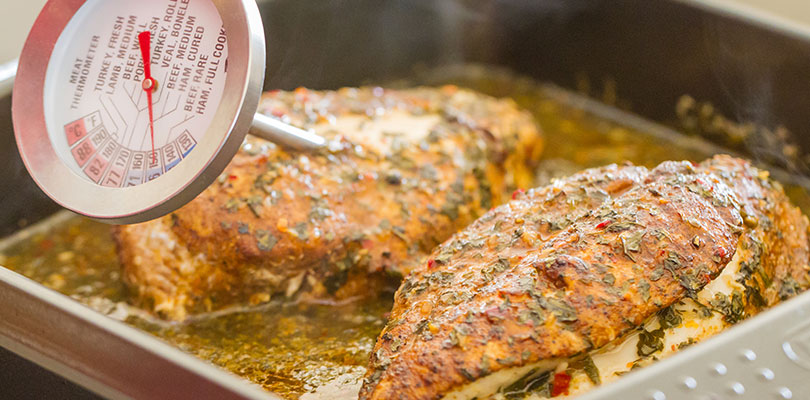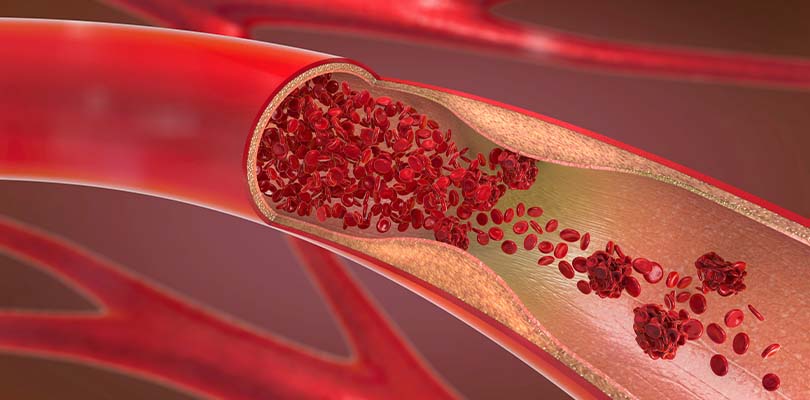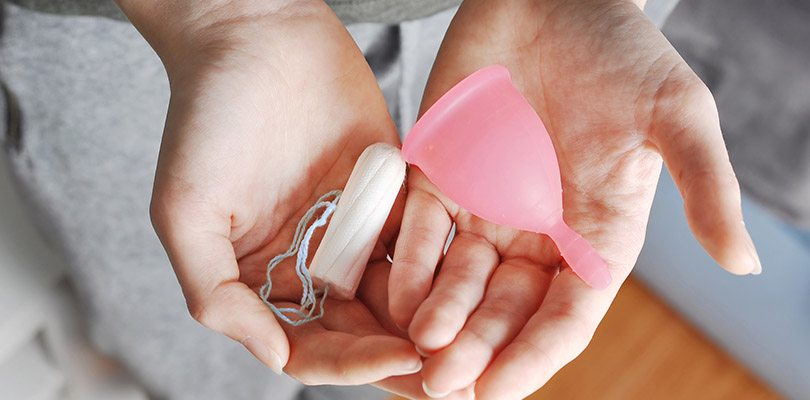Photo Credit: CBCK-Christine / iStockPhoto.com
Food Poisoning is a Real Danger
Each year, approximately 76 million cases of reported food poisoning are treated in the United States, nearly 5,000 of which prove to be fatal. Caused by the consumption of contaminated food, bacteria, viruses, parasites, toxins, and other infectious organisms, food poisoning can cause mild discomfort or require immediate medical attention.
Among the most common victims are young children, pregnant women, the elderly, and those with weak immune systems. While legislation continues to debate the imposition of stricter food safety requirements, there are proactive efforts that you can take to keep you and your family safe.
Recognizing Food Poisoning
Also known as food-borne illness, food poisoning is a common cause of concern for millions of people worldwide. The number of reported cases would likely be higher if more people were aware of the diversity in food poisoning warning signs.
Unfortunately, this potentially life-threatening illness is capable of developing without any noticeable symptoms. Indicators may be as general as nausea, vomiting, or mild intestinal discomfort, or as severe as extreme dehydration or blood in your stools.
The severity of the food poisoning depends on the type of infection it caused and where the infection has surfaced. Preventative measures begin at home, so follow these sanitation practices to do your part in fighting food poisoning before it develops:
- Proper hand washing is the best way to avoid cross-contamination. Hands come in contact with millions of germs every day, do don’t eat, handle food, or touch your face with hands that haven’t been washed with warm, soapy water.
- While you’re shopping at the grocery store, keep raw food items separate from other foods. Do not bag fresh produce with raw meat, poultry or fish. Store them separately when putting your groceries away and be mindful of where they are during food preparation.
- Wash all utensils and food surfaces with hot, soapy water. This prevents cross-contamination from raw meat, poultry, fish, seafood or eggs while cooking.
Proactive Prevention
The only way to be sure of the condition of your food is to keep your hands on it every step of the process. Since most people aren’t keen harvesters and farmers, here are some other measures you can take to avoid the potentially hazardous complications caused by food poisoning.
Monitor Animal Products
Food from animal sources such as meat, dairy and eggs must be thoroughly cooked or pasteurized to avoid poisoning. Meat and eggs should not be eaten raw and they should be thrown away if they show any signs of spoilage.
Make a note of the expiration date on your food before purchasing. Be sure to check its expiration once more before cooking it at home.
Take the necessary measures to avoid the drippings of raw meat, poultry, shellfish or eggs contaminating other food. Plan the preparation of your meal accordingly so meat, poultry, shellfish, eggs or seafood aren’t sitting at room temperature for long periods of time.
The most common types of sleep disorders include narcolepsy, sleep apnea, and insomnia. Learn everything you need to know about these sleep disorders here.
If selecting your own fish or shellfish to cook, be sure to inspect them thoroughly for quality and freshness. If you are at a restaurant and receive undercooked meat or eggs, request it be cooked until done. Do not allow the restaurant to use the same plate for risk of cross-contamination.
Food Storage
Set your refrigerator to 40 degrees Fahrenheit or colder. Freezers should be programmed to chill at 0 degrees or below.
Place perishable foods in the freezer or refrigerator within two hours of purchase or preparation. Foods exposed to room temperatures higher than 90 degrees should be placed in the refrigerator within an hour.
Food should only be thawed in the refrigerator, not on a counter at room temperature. Promptly prepare thawed food and do not attempt to refreeze leftovers after they’ve thawed out.
Even with your best efforts it is still possible for your food to become exposed to harmful organisms by the time it reaches your plate. If ever you find yourself questioning the preparation, serving or storage method for a specific food, don’t take the risk.
When in doubt, discard it. Don’t taste the food or drink it to be sure; items that look fine without any odor are still capable of containing toxins and bacteria. Trust your instincts and throw it out.
Eat Responsibly
Fruits and vegetables consumed raw must be washed thoroughly before eating.
Avoiding unpasteurized food and drinks considerably reduces your likelihood of developing food poisoning. Pasteurized juice, ciders and juice concentrates have ben heated to temperatures strong enough to kill harmful germs and bacteria.
A food thermometer will assist in assessing the doneness of the meals you prepare. Always verify your food has cooked to safe temperatures to kill harmful organisms:
- Ground beef: 160 degrees
- Chicken and turkey: 165 degrees
- Steaks, roasts, chops (lamb, pork, and veal): 145 degrees
- Fish and shellfish: cooked thoroughly
The Bottom Line
Because of the general nature of food poisoning symptoms, it may be difficult to tell when you’ve become ill. To be safe, those who are suffering from vomiting or diarrhea should not prepare meals for others, particularly those who are at higher risk for developing food poisoning.
You should also wash your hands after you handle your pets or come in contact with any form of feces.
Anyone who is experiencing diarrhea along with an oral fever of 101.5 degrees or higher, bloody stools, moderate to severe vomiting, severe dehydration, or diarrhea for more than three days should contact their healthcare provider immediately.
Foodborne illness is one of the most common, yet preventable, public health concerns we face today. The costs accumulated by the millions of Americans who contract the illness each year can be considerably reduced by making minor changes in your routine.
Salmonella, Clostridium perfringens and Listeria are real diseases that pose real threats. Although you may not have followed each of these suggestions in the past, it doesn’t mean you can’t put yourself at risk in the future. If left untreated, the affected can experience life-threatening problems like organ failure or long-term health concerns.







